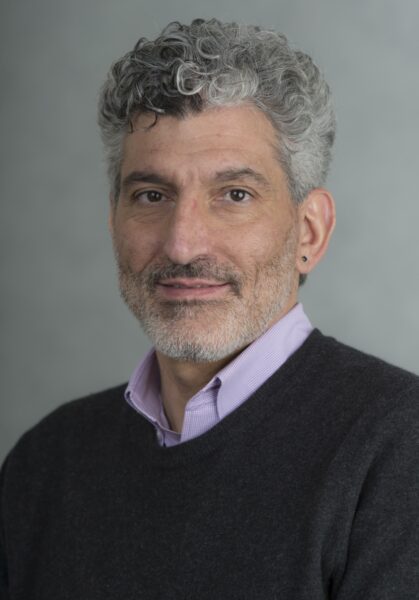Could the survival rate for patients with malignant gliomas— the most common and deadly brain tumors—be improved by combining conventional treatment with newer genetic techniques? Adding gene therapy—the use of specific genes that suppress and kill cancer cells, targeted to tumors and delivered by viruses—to the current treatment strategy of radiation therapy may have a significant impact on this devastating form of cancer.
On the long journey toward answering that question, Dr. Bakhtiar Yamini, an assistant professor in the University of Chicago’s Department of Surgery, Section of Neurosurgery, planned a Brain Research Foundation-funded study on mice with brain tumors. Dr. Yamini was to inject a virus carrying a protein called TNF—a tumor necrosis factor, which kills tumors—directly into the malignant gliomas in the mouse brains, and follow that treatment with radiation. He planned to then use magnetic resonance imaging (MRI) to measure the effects of the TNF on the tumors in the mice. The radiation acts as an inducer to “turn on” the gene for the TNF. His hypothesis was that this combination approach of radiation and TNF gene therapy will be “synergistic,” resulting in longer mouse survival rates than those from either therapy alone. He hoped to collect enough initial data to obtain funding for more extensive study.
How might this research be applied to humans? The current treatment for malignant gliomas in human patients is surgery to remove as much of the tumor as possible, followed by radiation and chemotherapy. While gene therapy treatment of human tumors is in its infancy, Dr. Yamini believes that ultimately genetic treatment could improve patients’ overall response to the radiation, resulting in better survival rates. Today, the median survival rate for human patients is seven months to one year, with an overall five-year survival rate of about 5 percent.
Dr. Yamini imagines a day when physicians can detect and treat tumors extremely early in their development on the molecular level. “Instead of trying to treat the actual tumor when it’s large, we’ll be able to monitor the brain, looking for molecular and metabolic changes that are ‘pre-cancerous,’ perhaps in a similar way you can see a tumor with an MRI now, and treat the tumor before it forms,” he said.



